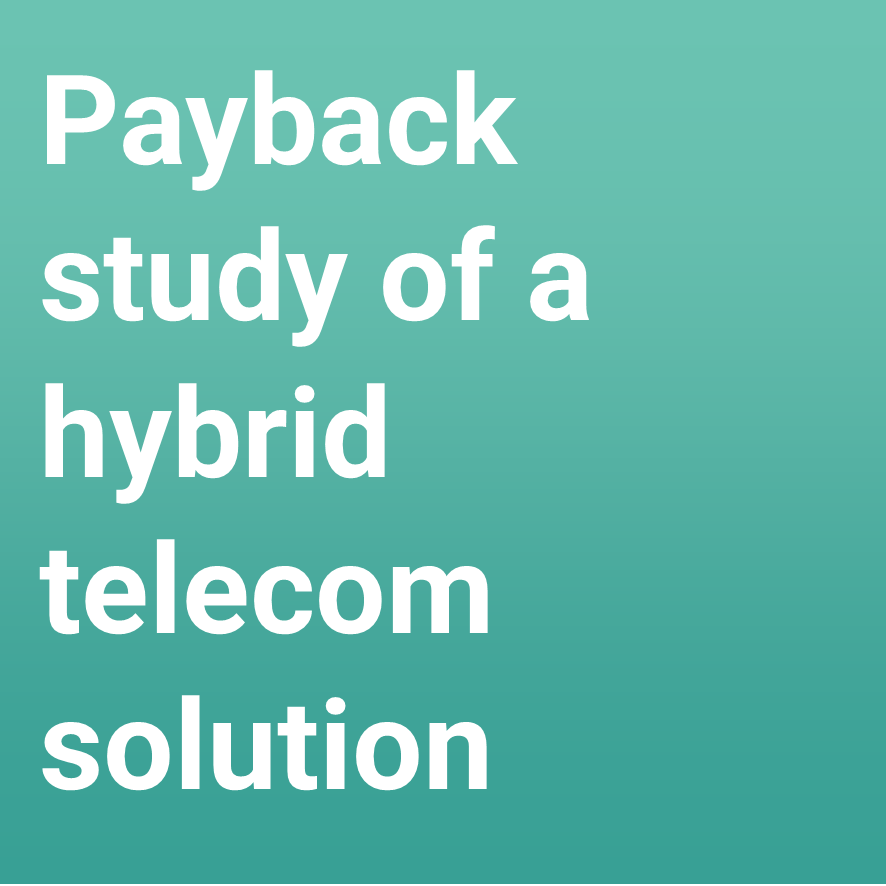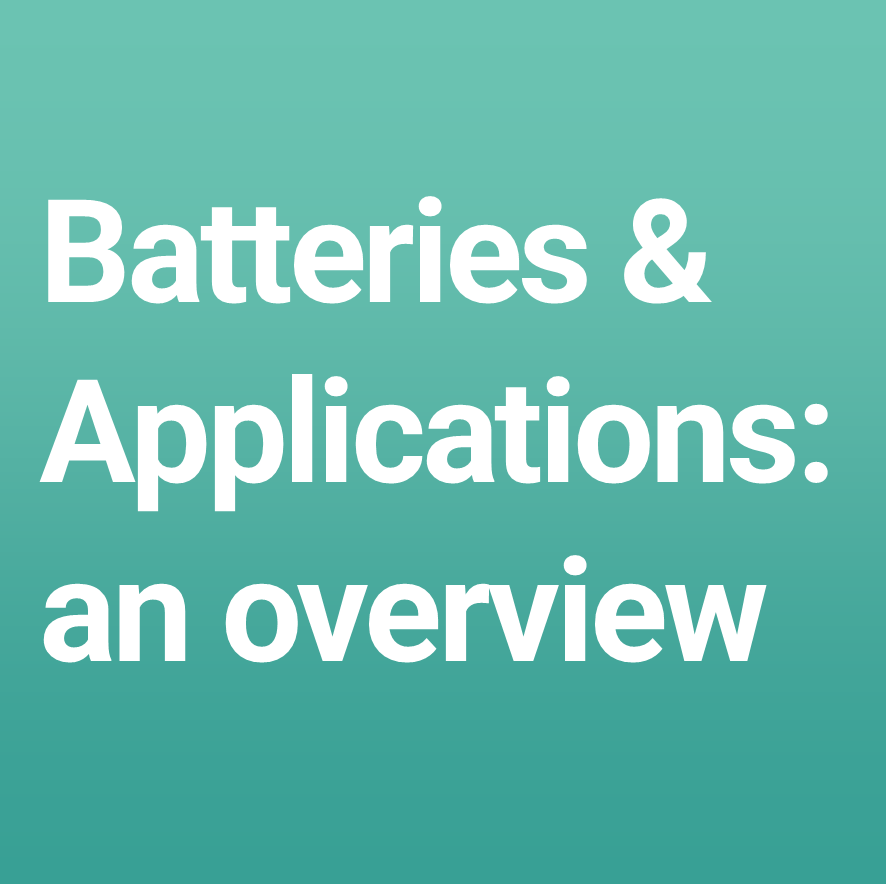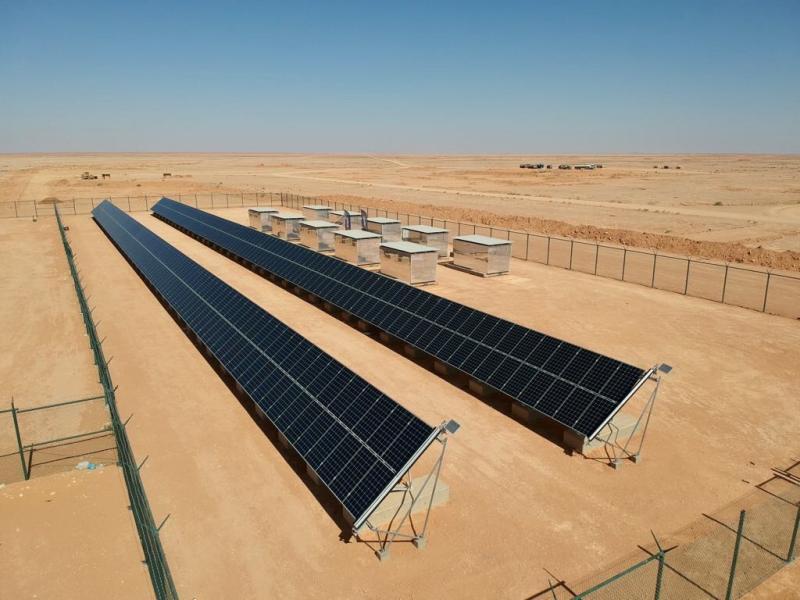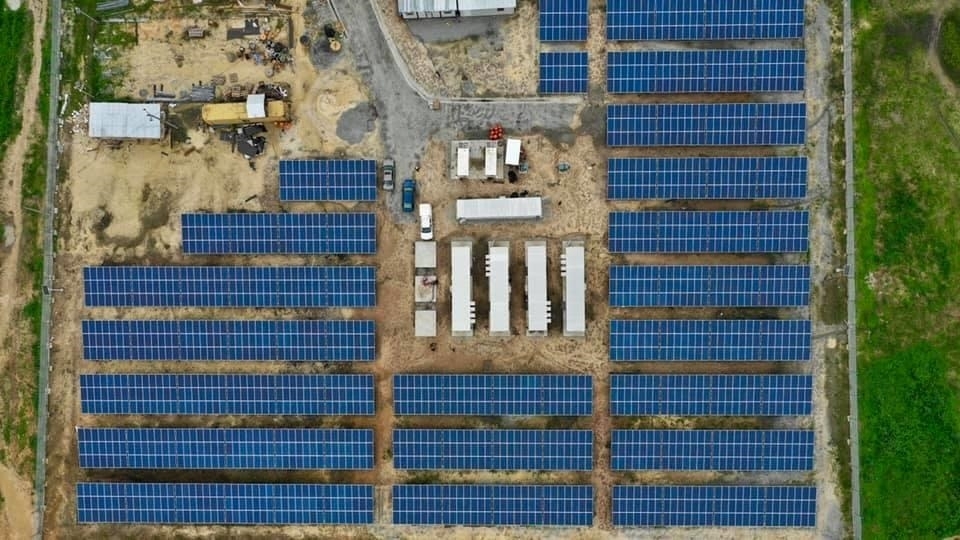When I started working with storage, the need for a good understanding of the different types of batteries became imperative. With time I managed to know and compare the different chemistries, but I lacked a method to choose between them. That is why I decided to propose a simple ranking comparing the different chemistries & analyzing their suitability for different applications. Just to clarify, the batteries that I am talking about here are the ones used in storage combined with renewable energy, excluding mechanical storage (like pumped hydro storage, compressed air energy or flywheels). I will be comparing the chemistry functionalities for the following three main applications: 1. Grid services (e.g. frequency response, energy shifting)2. Behind-the-meter (e.g. solar self-consumption, peak shaving, community storage)3. Off-grid (e.g. nano-grid, village electrification, island grid) Types of batteries The first step in my analysis will be to list the most common types of batteries I have encountered during my years in the market: 1. Lead-based. Lead acid batteries were the first rechargeable battery for commercial use. Depending on some production specs, the battery can be designed as: 1.a. Flooded batteries (OPzS) whose main characteristic is that it requires a constant maintenance by regularly filling it with distilled water. 1.b. Sealed AGM batteries. AGM stands for Absorbent Glass Mat. The electrolyte is obviously held in the glass mass. Those batteries have the capacity of recombining hydrogen and oxygen into water and do not require maintenance. Not available in big capacities. 1.c. Sealed gel batteries, or commonly known as VRLA (valve-regulated lead acid) where the electrolyte is gelified. Same advantages as the AGM batteries, but with wider variety of capacities. This type will be our main focus among the lead-based batteries. 1.d. There are other technologies I have heard of such as lead-crystal or lead-carbon batteries but I do not have enough experience or knowledge about them to share more information. If you do, please do not hesitate to contact me and share with us the info that you might have. 2. Lithium Iron Phosphate. Lithium-ion batteries (to not confuse with lithium-metal) are based on the same concept as lead-based batteries. They contain a cathode, an anode and an electrolyte. The cathode is normally a Li-Metal-Oxide and the anode consists of porous carbon. Many metals have been used, but the most famous alloy is the Iron Phosphate (LFP or LiFePO4). 3. NMC. Another type of Lithium-based batteries, with Nickel Manganese Cobalt Oxide as the metallic alloy. 4. NiCd. Nickel-cadmium batteries were the next batteries invented after the lead acid ones. They offer several advantages, like good performance in high ambient temperatures, although they are expensive (compared to lead). 5. Flow. A redox flow battery is a battery based on two components dissolved in liquids separated by a membrane. The concept behind it is like fuel cells but the ionic solution or electrolyte is not stored in the cell itself and rather in other storage tanks. They are named redox batteries due to the electrochemical reaction of reduction-oxidation. The most known flow battery is the vanadium redox battery that uses vanadium ions for the redox reaction. Am I missing any other important storage chemistry? Please let me know. What should I compare? Now that I have defined the list of batteries that I would like to work on and analyze, the first question that arises is: what are the parameters that I should compare? And moreover, what is the purpose for choosing each parameter? 1. Number of cycles. A cycle is the process of discharging and charging the batteries. The no. of cycles directly affects the life span of a battery. For example, a good VRLA cell can reach up to 3 000 cycles. This value is highly dependable on the Depth of Discharge (DoD) of the battery and the temperature. The deeper we discharge a battery and the higher the temperature is, the fewer cycles the battery will have. 2. Specific power. Specific power is a power-to-weight ratio. Some batteries as we will see have a high specific energy but they are incapable of providing high currents in short times. Loads that require inrush currents like pumps or motor-based systems can damage batteries that are not suitable for high demand of power. 3. Energy density is the ratio between the energy that the battery can provide and its volume. It is also common to analyze the specific energy, which is the ratio between the energy and the mass of the battery. Many applications require our attention regarding the required space for the storage system, for example, in household applications or in cases when the logistical part of a remote rural area project. 4. Efficiency. Efficiency has an important role in two aspects: economical & environmental. Any Wh of energy that is not used to power a load is an amount of money that has not been earned. But it is also an amount of energy that is only transformed to heat. This in turn increases the energy demand which might result in increased CO2 emissions. 5. Cost. Price is and will always be a sensitive and crucial requirement. We need to provide solutions that can be affordable and competitive, with a reasonable return of investment (RoI) rate. Comparison Now that I have listed the parameters and the different chemistries, below you can find some graphs to visualize and compare the results. VRLA batteries Lead-acid batteries are the best solution for cost-sensitive projects. They are robust and with a long record of robustness and reliability. Unfortunately, their cycling is low compared with all new developed technologies like Li-ion or flow batteries. I would highly recommend them for rural areas electrification projects, remote areas and some small telecom systems. LFP Batteries As indicated in the graph below, LFP batteries have a wide advantage in the market and its pricing is constantly dropping thanks to the electric vehicles market. There are many reliable products with quality Battery Management Systems (BMS) in the market since most of the vendors are only integrators of cells. Their advantages in many parameters make them suitable for most applications. I might exclude CAPEX-sensitive projects like in rural electrification. NMC batteries I like the analogy to










